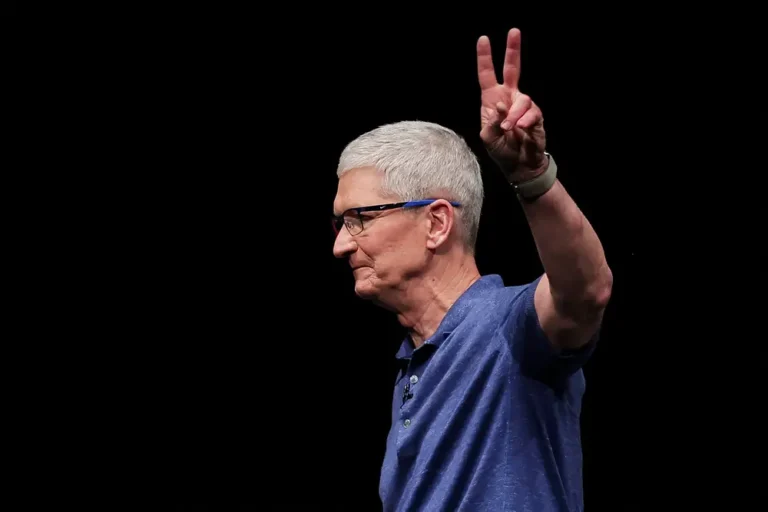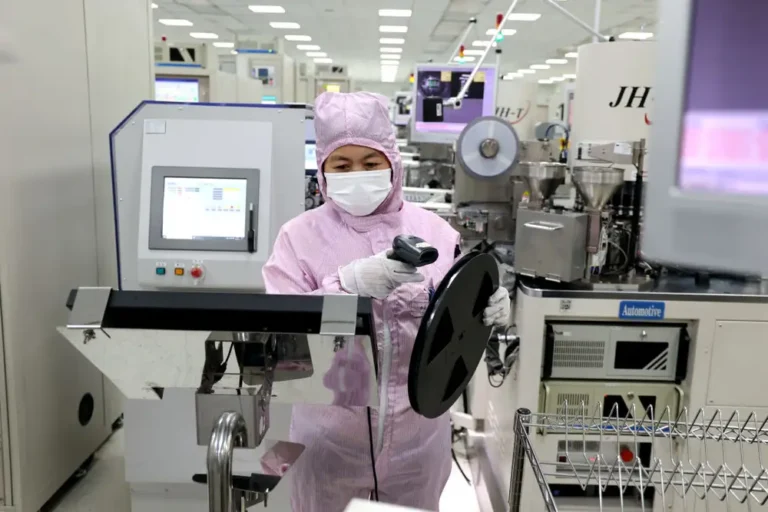20-year-old Quddus Pativada built one of the hottest AI study tools while he was still in high school. He’s now launching it for schools.

- Quddus Pativada built an AI-powered study guide generator while he was still in high school.
- Now 20 years old, he’s skipped college to focus on his AI-powered learning startup full time.
- His company, now called ASI, is selling to both students and governments for learners of all ages.
Quddus Pativada was 17 years old when he decided to do something about educational inequality.
Pativada, then a high school student, had transferred to one of Dubai’s top private high schools and immediately noticed a difference in the quality of his classwork and teachers. “I saw the two sides of the spectrum, and the impact that education can make on your life,” he stated to Insider.
Pativada had always valued education as a way to grow and improve his life as the child of Indian immigrants, but his own experience made him realize how fortunate he was to have attended a top private school, which was not an option for many students with less resources than him.
He also believed that many existing edtech tools were not engaging or effective enough to bridge the learning gap for students in the way that a better school could. “Every single tool that students use today was ideated, or created in a board room full of suits, but it was never created by the students themselves,” he stated.
Three years later, Pativada, 20, has turned his high school vision into a full-fledged startup, with 8 employees worldwide working on his AI educational assistant ASI, formerly known as Digest.ai.
According to TechCrunch, the startup has raised over $3 million in outside seed funding to date, from established edtech investors like GSV to an angel check from Mark Cuban that Pativada landed through a cold email. Following a recommendation from investor Deborah Quazzo, the team was also named to Insider’s list of the most promising edtech startups.
Pativada began work on a new AI-powered studying assistant nearly a year before ChatGPT made its global debut. To address the issue of accessibility, he decided to program his AI assistant to work on WhatsApp, an app-based chat platform with over 2 billion active users worldwide. Students in developing countries could then use their phones as a learning tool even if they didn’t have access to a computer.
Originally, ASI’s core product offering was more akin to an AI-summary bot: students could take photos of their textbooks or school assignments, and it would generate personalized flashcards and study guides for them to practice with on WhatsApp chat.
Students can now communicate with ASI through their preferred chat apps, such as WhatsApp, Messenger, or Discord, and have the software assist them with any subject by training its large-language models with data from all over the internet. After more interactions, the AI tutoring bot can learn what a student is good at and where they may need more help in order to tailor the experience to that learner’s specific needs.
“If you look at the best teachers in your life, it’s easy to see that it was because they could connect with you on a personal level,” Pativada said. “And today, we have a system where our personalized-language model can understand what a student’s good at or bad at and can use those other frames and skills to make information consumption as personalized as possible.”
Several established edtech players, such as Khan Academy’s Khanmigo and Quizlet’s Q-Chat beta app, have launched AI tutoring assistants this year, but ASI stands out because it is accessible through messaging apps that students all over the world already use.
Pativada’s grand vision for ASI remains personalized tutoring for individual students, but the learning tool will also be marketed to governments and businesses for quick, personalized employee upskilling. However, he stated that prioritizing access to traditionally underserved communities remains central to his mission. “We went really viral in Ghana earlier this year—in 3 weeks we reached over 10,000 users in Ghana alone, and students could use it with a 2G connection,” he stated. “This can be something that changes the way people learn.”






